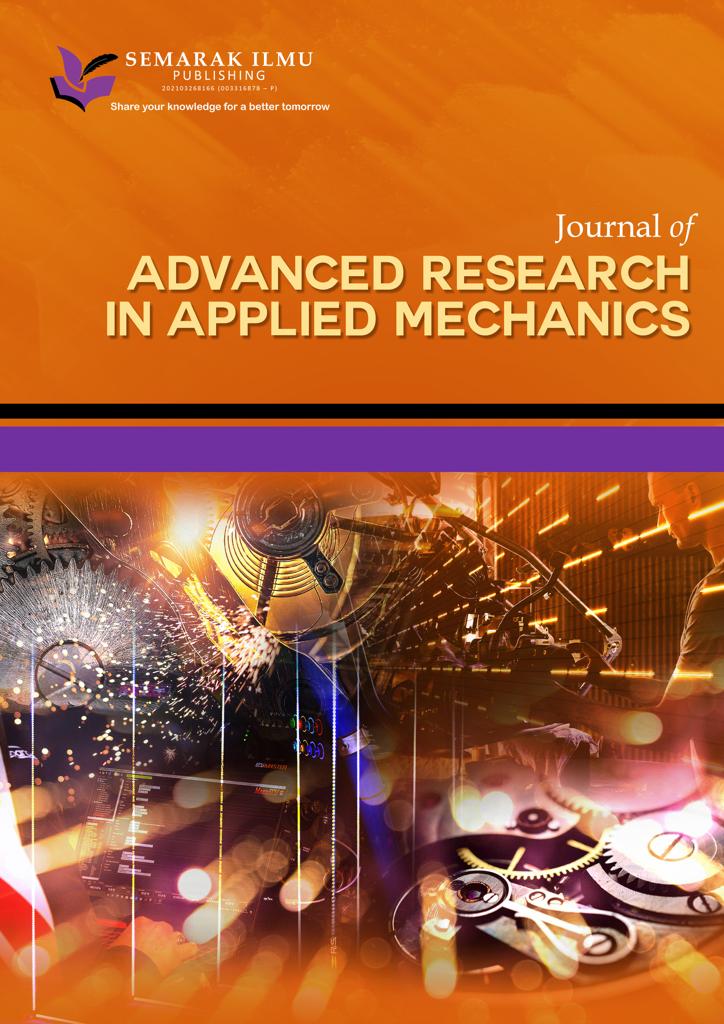RSM for Modelling the CO2 Effect in the Interfacial Tension between Brine and Waxy Dulang Crude Oil during LSW-WAG EOR
Keywords:
Low Salinity Waterflood, Water Alternating Gas, ; Interfacial Tension; Response Surface Methodology, Central Composite Design, Enhanced Oil RecoveryAbstract
Recent studies on low-salinity waterflooding (LSW) and CO2 water-alternating gas (WAG) use are noteworthy because of their effectiveness in recovered oil content retention in mature fields. As the brine salinity decreases, the solubility of CO2 also increases. The CO2 in the injected water is expected to reduce the water/oil interfacial tension (IFT), and thus previously trapped oil in the rock by capillary forces will flow. However, as of yet, a few researches have focused on the fluid/fluid interaction involving waxy crude oil/brine in the LSW-WAG process. Two models, both of which have been developed from experimental interfacial tension measurements, assist in estimating the CO2's effect on oil/water interfacial tension in the presence and absence of CO2. This objective is accomplished by designing experiments using the modified central composite design (CCD) method in response surface methodology (RSM). The effect of pressure, brine salinity, and CO2 on oil/water IFT are taken into consideration while modelling. Analysis of variance (ANOVA) was used to determine the optimal values of input variables based on the developed model to obtain an acceptable model. The R-squared values indicate that the developed models are capable of accurately forecasting the experimental results of oil/water IFT using Dulang crude oil and seven different brine salinities. The findings of this study are expected to shed light on the fluid/fluid interaction behaviour during the LSW-WAG recovery process in a mature field producing waxy crude oil.
Downloads























